 |
In April 2019, the National Science Foundation (NSF) unveiled the resulting image from the Event Horizon Telescope (EHT) project, the world’s first ever photograph of a supermassive black hole. The image, seen above, shows a ‘bright ring formed as light bends in the intense gravity around a black hole…’ Now, over a year later, the European Southern Observatory (ESO) has published a video that zooms into the night sky, illustrating very well what an incredible feat the EHT’s first image of a supermassive black hole truly is.
Despite its name, a black hole is not empty space, but is rather a huge amount of matter occupying a relatively very small area. As NASA puts it, ‘…think of a star ten times more massive than the sun squeezed into a sphere approximately the diameter of New York City. The result is a gravitational field so strong that nothing, not even light, can escape.’
Observing a black hole requires observing its effect on the stars and gas near it. The supermassive black hole captured last year is in the center of the Messier 87 (M87) galaxy, which is located about 55 million light years from earth. The M87 black hole is believed to be about 6.5 billion times more massive than the sun.
The EHT that captured it is not a single telescope but a network of radio antennae located around the globe. The EHT is the result of an international collaboration of more than 200 researchers. The team worked to improve the capabilities of Very Long Baseline Interferometry (VLBI) in order to achieve the feat of photographing the environment of a black hole. The VLBI technique requires linking eight radio dishes to create an interferometer that is essentially earth sized.
The VLBI synchronizes telescopes and utilizes the rotation of earth to observe at a wavelength of 1.3 mm, resulting in an angular resolution of 20 micro-arcseconds. To put this resolution into perspective, it is ‘enough to read a newspaper in New York from a sidewalk café in Paris, France. Telescopes are in locations including Hawaii, Mexico, Chile (shown at the beginning of the above video) and Antarctica. In our coverage of the photo from last year, we shared a video that further discusses how the telescope array functions, which you can view below.
In coordination with the Event Horizon Telescope, astronomers utilized NASA’s Chandra X-ray Observatory to obtain additional data of Messier 87. The x-ray data, when combined with EHT’s radio image, allow scientists to further research and learn about how energy is emitted from the event horizon. Chandra has a ‘much larger field of view than the EHT, so it can view the full length of the jet of high-energy particles launched by the intense gravitational and magnetic fields around the black hole at M87.
 |
| Credit: X-ray: NASA/CXC/Villanova University/J. Neilsen; Radio: Event Horizon Telescope Collaboration |
Articles: Digital Photography Review (dpreview.com)




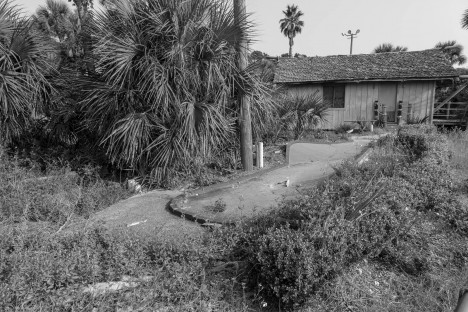

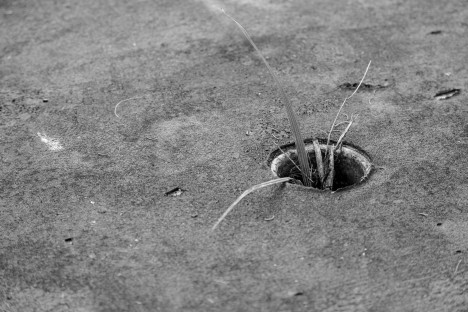
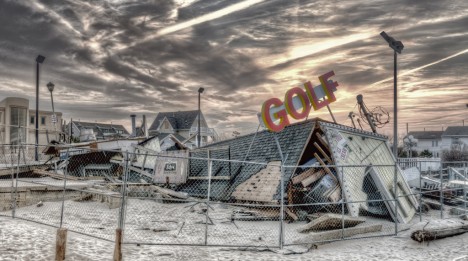





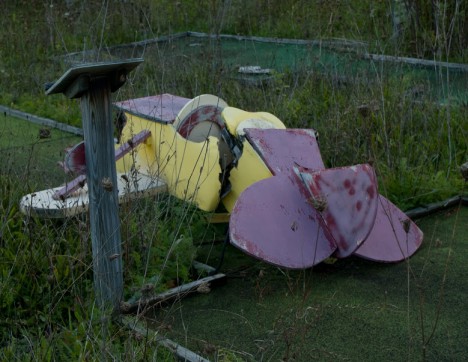
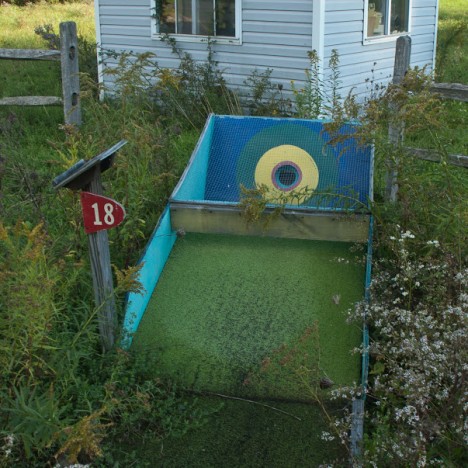

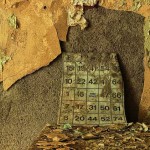







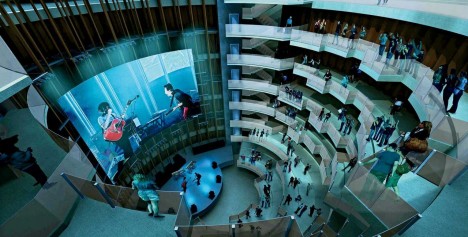






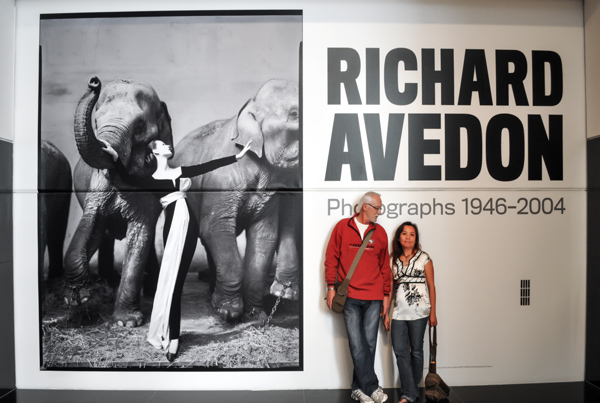



You must be logged in to post a comment.